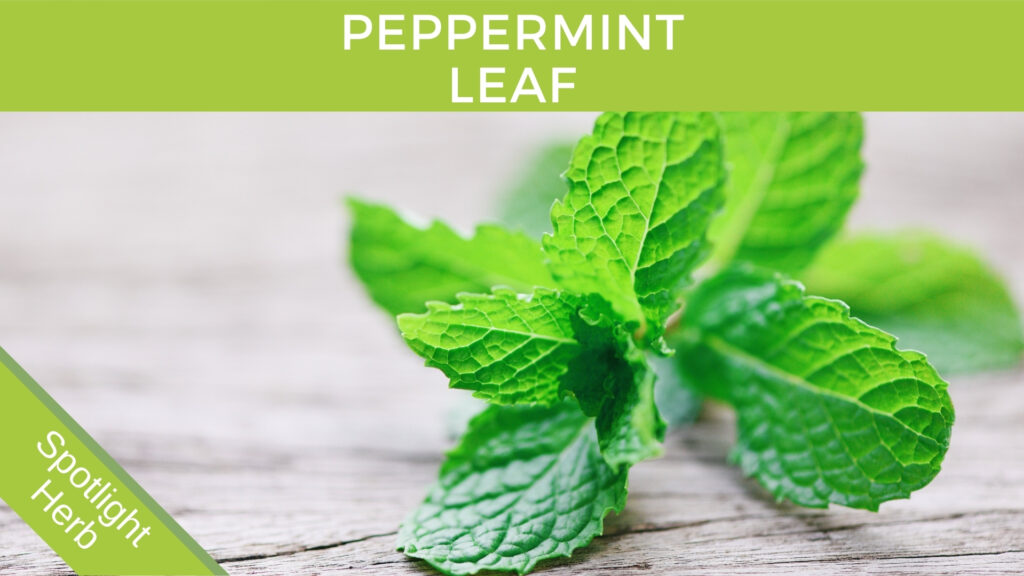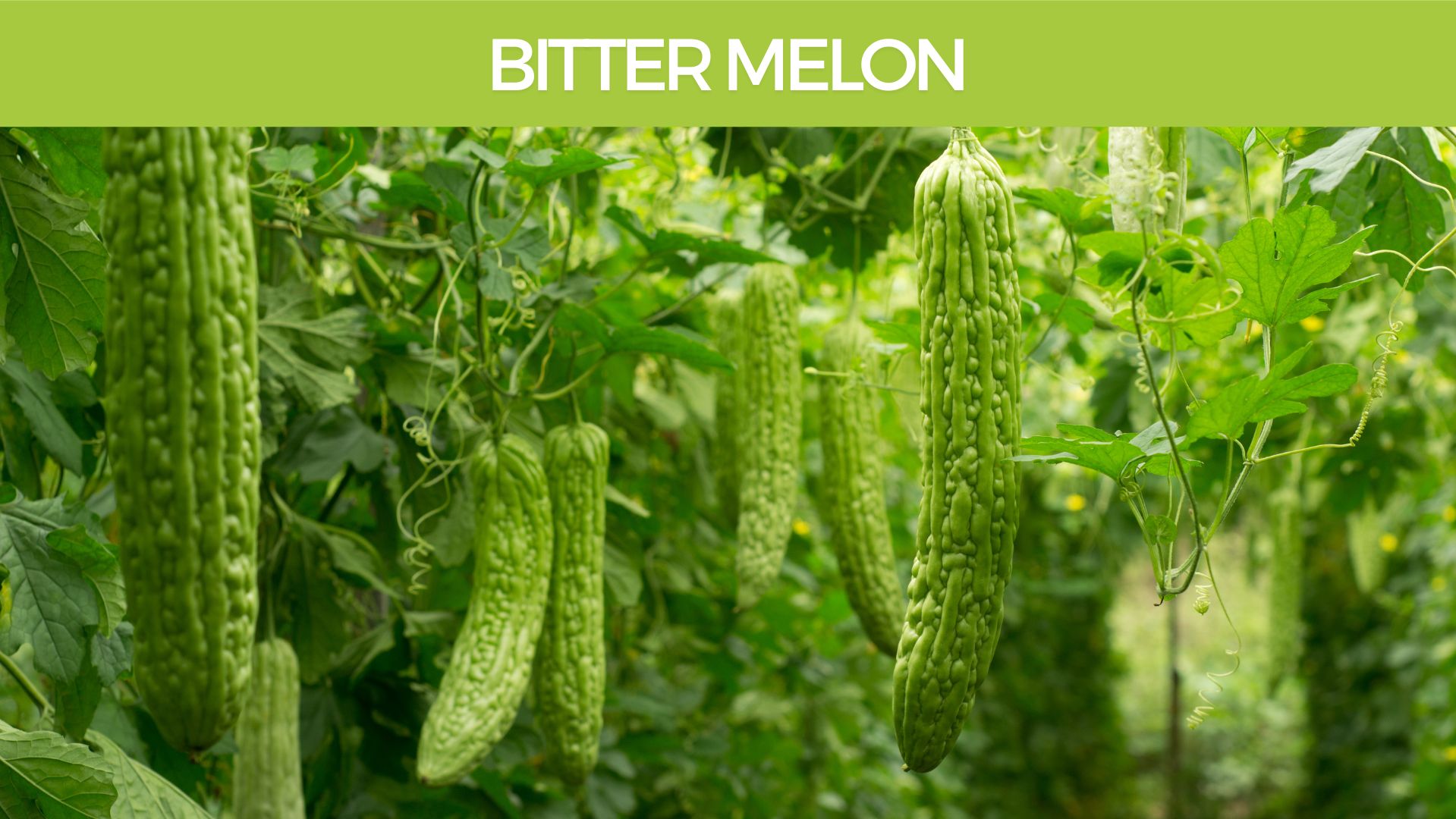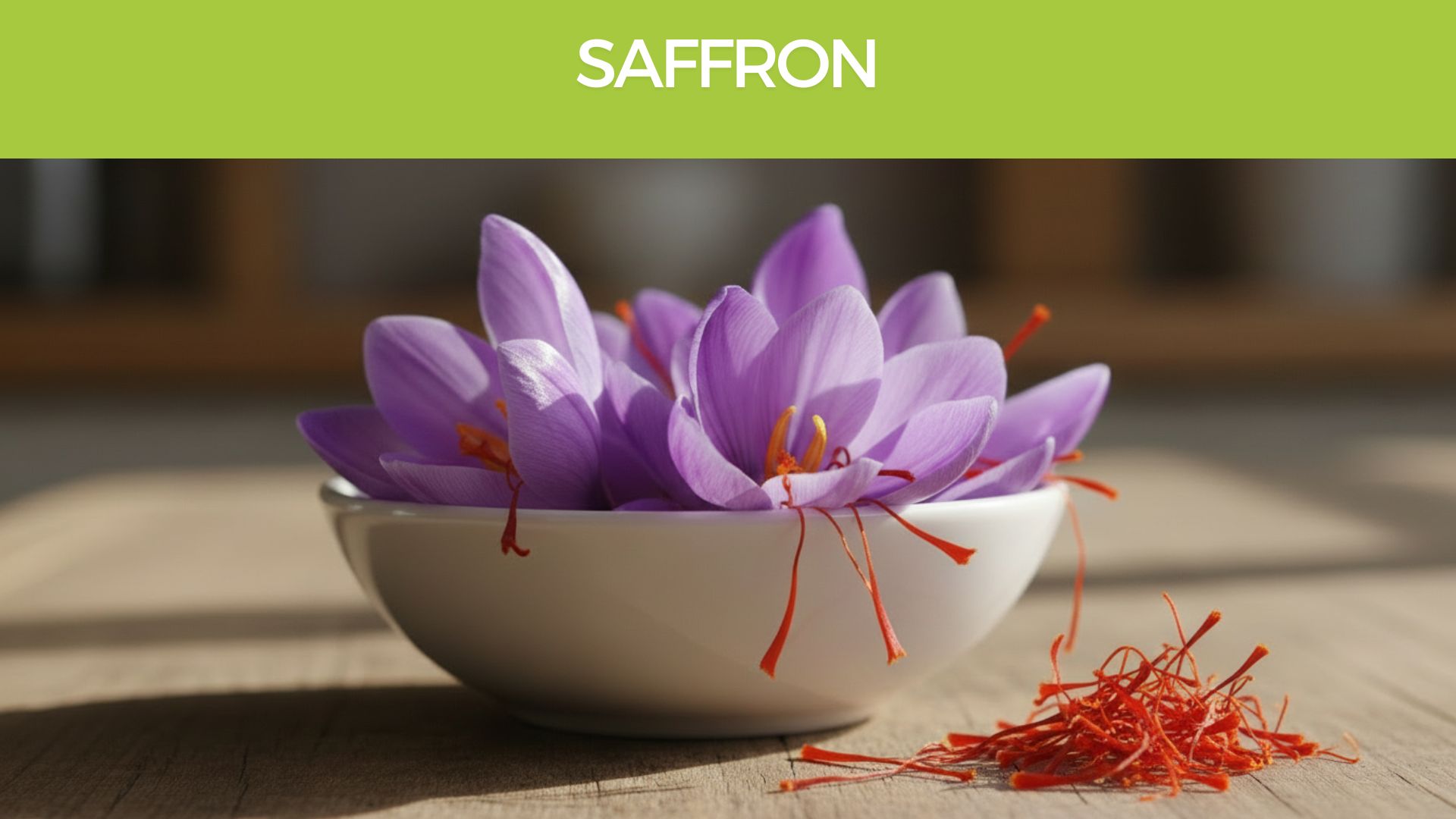- 2 years ago
- 6Minutes
- 1137Words
- 1702Views
Used to flavor Peppermint lollies, the extract from Peppermint leaves is well known. Lesser known are its health benefits and history of medicinal use.
Here we will present some indications for its use and evidence to support this.
(1) European Medicines Agency Evaluation of Medicines for Human Use. ASSESSMENT REPORT ON MENTHA X PIPERITA http://www.ema.europa.eu/docs/en_GB/document_library/Herbal_-_HMPC_assessment_report/2010/01/WC500059394.pdf
(2) Fluckiger 1879, Herbalgram, American Botanical Council, 1996\
(3) Botanical perspectives on health peppermint: more than just an after-dinner mint. PUBMED https://www.ncbi.nlm.nih.gov/pubmed/11329700
(4) Peppermint oil (Mintoil) in the treatment of irritable bowel syndrome: a prospective double-blind placebo-controlled randomized trial. PUBMED https://www.ncbi.nlm.nih.gov/pubmed/17420159
(5) Synergistic anti-candidal activity and mode of action of Mentha piperita essential oil and its major components. PUBMED https://www.ncbi.nlm.nih.gov/pubmed/25853964
(6) The effectiveness of Mentha piperita in the Treatment of Infantile Colic: A Crossover Study. PUBMED https://www.ncbi.nlm.nih.gov/pubmed/22844342
(7) A review of the bioactivity and potential health benefits of peppermint tea (Mentha piperita L.). PUBMED https://www.ncbi.nlm.nih.gov/pubmed/16767798
(8) Pharmacological Evaluation of Mentha piperita Against Urolithiasis: An In Vitro and In Vivo Study. PUBMED https://www.ncbi.nlm.nih.gov/pmc/articles/PMC8777360/
(9) Protective effects of inhalation of essential oils from Mentha piperita leaf on tight junctions and inflammation in allergic rhinitis. PUBMED https://www.ncbi.nlm.nih.gov/pmc/articles/PMC9790934/
Description
Peppermint is a perennial plant native to Europe, highly aromatic that may grow as tall as three feet. The ancient Egyptians, Greeks, and Romans knew it as a flavoring for food and as medicine. (1)
Today, the commercial sales of mints are expanding each year and at the end of a large meal, after-dinner mints are frequently served. But why do we take them? Peppermint (Mentha piperita) is usually taken after a meal for its ability to reduce indigestion and colonic spasms by reducing the gastrocolic reflex. (3)
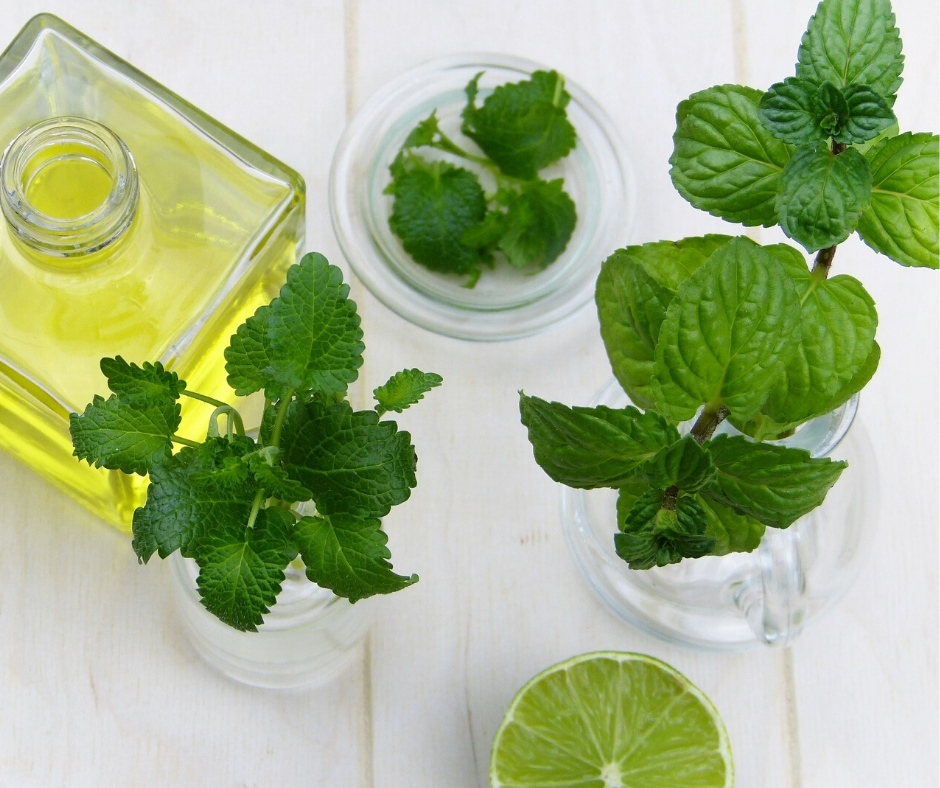
Traditional Use
It was first cultivated in England commercially around 1750 while its aerial parts have been widely used for their medicinal effects. Peppermint is widely known to relieve digestive ailments, is a popular remedy for at least two centuries. (1)
The essential oil is obtained from the fresh leaves of Mentha piperita L. by steam distillation and it is widely used all over the world for flavoring, cosmetic and medicinal purposes. (1)
At the herbarium of the English botanist John Ray (1628-1705) can be found one of the oldest specimens of Peppermint. In 1721, Mentha piperita became the official item of Materia Medica in the London Pharmacopoeia as Mentha piperitis sapore (2)
Peppermint leaves are a very well known herbal medicinal product, widely used traditionally, being a popular remedy inside and outside. European countries, for its antispasmodic, choleretic and carminative properties, as can be confirmed in a large number of publications. (1)
Active constituents
The main active component is the essential oil. Its major constituents are menthol (30-55%) and menthone (14-32%). Other monoterpenes present are limonene (1-5%), cineole (3, 5-14%), menthofuran (1-9%), isomenthone (1,5-10%), menthyl acetate (2,8-10%), pulegone (4%), carvone (1%)
Various flavonoids are present including luteolin and its 7-glycoside, rutin, hesperidin, eriocitrin, and highly oxygenated flavones. Other constituents include phenolic acids and small amounts of triterpenes. (1)
Scientific evidence
There is enough literature to demonstrate its use for medicinal purposes, for the symptomatic treatment of digestive disorders. The pharmacological studies in vitro and in vivo showed antispasmodic effects of the smooth muscle of the digestive tract, choleretic activity, and reduction in tonus of the oesophageal sphincter enabling the release of entrapped air. Other studies indicate that there is a dose-dependent analgesic and anti-inflammatory action.
The clinical studies of the essential oil, have demonstrated efficacy for the symptomatic relief of minor spasms of the gastrointestinal tract, flatulence, and abdominal pain.
In vitro, Peppermint has significant antimicrobial and antiviral activities, strong antioxidant and antitumor actions, and some antiallergenic potential. (7)
Animal model studies demonstrate a relaxation effect on gastrointestinal (GI) tissue, analgesic and anesthetic effects in the central and peripheral nervous system, immunomodulating actions and chemopreventive potential. (7)
Human studies on the GI, respiratory tract and analgesic effects of Peppermint oil and its constituents have been reported. Several clinical trials examining the effects of Peppermint oil on Irritable Bowel Syndrome (IBS) symptoms have been conducted. (7)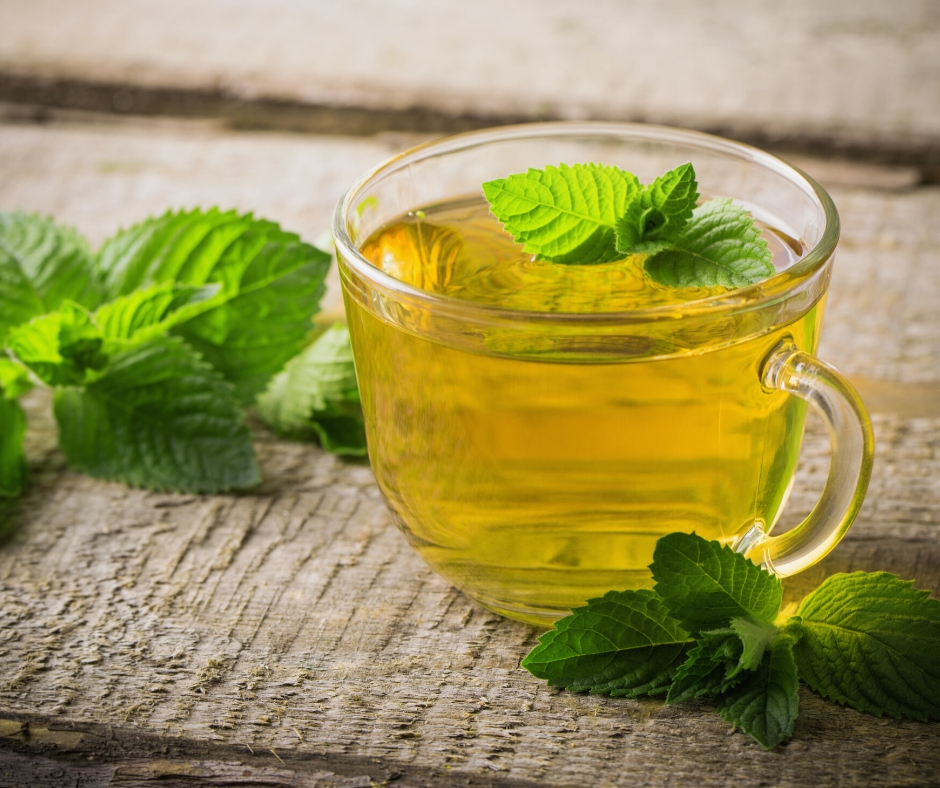
Anti-Allergy
Peppermint oil helps to reduce inflammation in the nose. It does this by reducing thickness, secretion, and the amount of harmful cells in the nose. It also helps to regulate a pathway that helps keep cells together in the nose. A study showed that breathing in peppermint oil is a good way to reduce inflammation in the nose, especially for people with allergic reactions. (9)
Antimicrobial
Significant antiviral activity was reported in aqueous extracts of Peppermint leaves towards Influenza, Newcastle disease virus, Herpes simplex virus and Vaccinia virus, in egg and cell culture systems. The antibacterial and fungicidal activity was demonstrated in several studies, especially with Peppermint oil. (1)
The inhibition of the growth of Salmonella typhimurium, Staphylococcus aureus, and Vibrio parahaemolyticus was also achieved. (1)
Exposed Candida cells showed a 100% decrease in the ergosterol content, cell membrane breakage, and alterations in morphology. Studies suggest that Peppermint oil and its lead compounds exert antifungal activity by reducing ergosterol levels, inhibiting PM-ATPase leading to intracellular acidification, and ultimately cell death. Our results suggest that mint Peppermint oil and its constituents are potential antifungal agents. (5)
Carminative
The carminative action is due to a reduction in tonus of the oesophageal sphincter by Peppermint leaf extracts, enabling the release of entrapped air (gas). (1)
Antispasmodic
All mothers reported a decrease in frequency and duration of the episodes of Infantile Colic and there were no differences between responses to Mentha piperita and simethicone. In conclusion, these findings suggest that Mentha piperita may be used to help control infantile colic. (6)
Aqueous extracts of Mentha piperitae (Peppermint) showed a significant, dose-dependent relaxation effect on the duodenum and ileum (small intestine). (1)
Peppermint oil acts locally in the stomach and duodenum to produce smooth-muscle relaxation. (3)
Treatment with Peppermint oil improves abdominal symptoms in patients with Irritable Bowel Syndrome. (4)
Kidney Stones
One study demonstrated the prophylactic and curative potential of Peppermint leaf against urolithiasis, as it provides scientific credence for the folkloric claim against kidney stone disease. The antiurolithiatic property of Peppermint leaf is possibly mediated through combination of crystal inhibitory, antioxidant, anti-inflammatory, spasmolytic and diuretic effects. (8)
Conclusion
The traditional use of Peppermint leaf appears to be supported by scientific research giving Peppermint a role in digestive support treatment programs.
The addition of Peppermint to a colon cleansing or herbal detox program would seem rational. To soothe calm and protect the intestinal membranes during a cleansing process would be beneficial.
I hope you have found this article helpful.
Many Blessings
Brett Elliott ©
Peppermint can be found in the following Ultimate Herbal Health programs or products:

